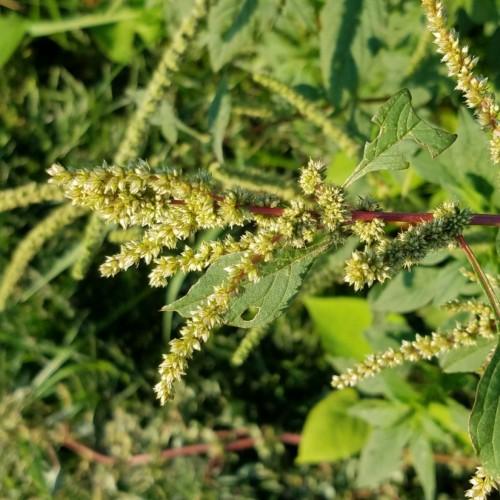
Rough Fruit Amaranth
Amaranthus tuberculatus
Also Known As - Tall AmaranthWatering:
Frequent
Hardiness Zone:
Sun:
full sun
Leaf:
Yes
Growth Rate:
Low
Drought Tolerant:
Yes
Salt Tolerant:
Yes
Invasive:
Yes
Care Level:
Medium
watering
Powell's Amaranth should be watered deeply and infrequently. Water this species once a week or so until the soil is moist about 4 to 5 inches deep. Plants in full sun and exposed to high temperatures will require more frequent watering. Make sure to keep the soil evenly moist, but not soggy.
sunlight
Powell's Amaranth needs a minimum of 6 hours of direct sunlight a day for healthy growth. However, areas with intense heat should limit the amount of sunlight to 5 to 6 hours a day. Generally, this plant species should receive full-sun on mornings and late afternoons. During the heat of the day, shade from the sun is recommended to prevent leaf types from scorching in high temperatures. Planting behind a tall object such as a fence or wall can also provide some afternoon shade.
pruning
Powell's Amaranth should be pruned twice a year; once in late spring and again in summer. Pruning should ideally be done when the plant is actively growing, which is usually in the late spring to early summer months. Start by removing dead blooms and deadheading the plant to maintain a neat and healthy appearance. Next, prune the plant back to encourage new growth and to keep the plant bushier. Remove up to 1-third of the length of the stems to promote bushy growth. Finally, monitor the plant to ensure that no more than 1-third of the stem length is pruned off. Pruning can also be used to control the size and shape of the plant.
